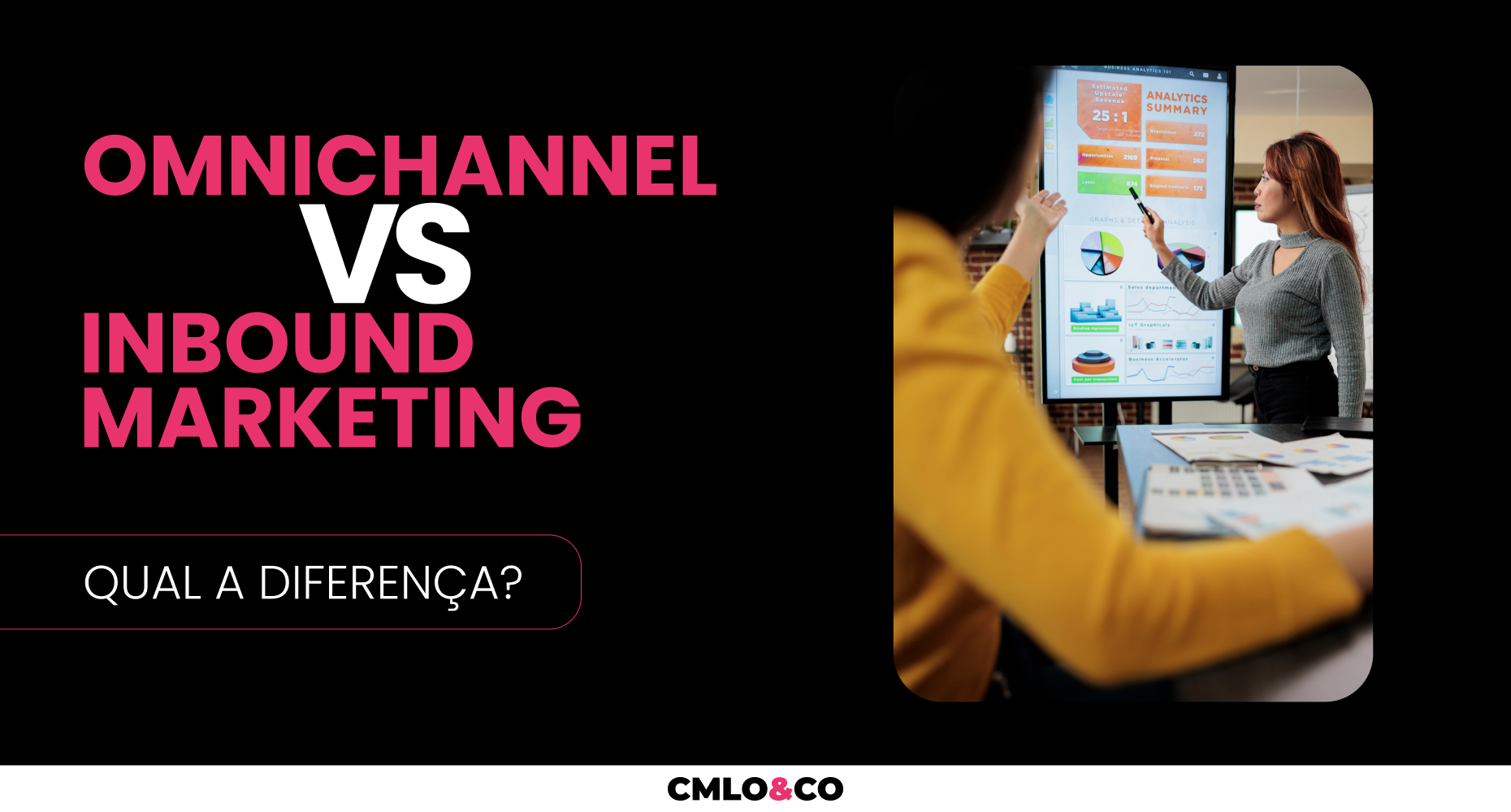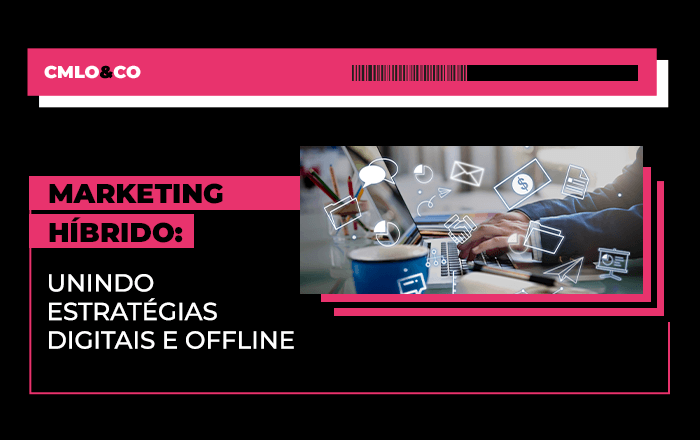Marketing brings new solutions all the time to develop successful strategies for a brand. The decisive factor in good marketing strategies today is connecting the customer with your company and creating a strong relationship to offer a unique shopping experience.
Maintaining this quality requires combining various methodologies that have different concepts, but which add up to a complete marketing project.
Two strategies, in fact, we're going to cover in this article to present the differences and understand how they form part of a marketing project to achieve objectives: omnichannel and inbound marketing.
So we'll introduce you to the concepts of each, what their differences are and how to combine these two strategies in the best way.
Happy reading!
What is omnichannel?
Omnichannel is a sales-focused marketing strategy whose main objective is to strengthen customer relations.
With the aim of building a unique user experience, omnichannel focuses on strategies for various communication channels. They are all integrated into the same database to collect, process and gain real-time insights into user profiles.
And anyone who thinks that omnichannel is only for digital platforms is mistaken. It is possible to integrate all communication with the physical stores themselves. For example, today you can buy medicines via apps and pick them up in store.
As a result, your customer's data is stored to make assertive offers and communicate relevant messages, as well as rich content to keep them engaged with your brand.
In short, all the communication channels talk to each other to create an increasingly personal shopping experience.
How does omnichannel work?
As the main objective of omnichannel is to strengthen relationships through purchasing experiences on communication and sales channels, you certainly need to think about which ones your company needs to be on.
To discover the best communication channels, you need to know who your audience is, how they engage with your brand and what their media consumption profile, buying habits and behaviors are.
Once the data is well defined, it's time to integrate the channels so that the flow of information is gathered in one place.
Next, it's time to build branding, which includes the brand's tone and voice, visual identity and message standardization.
Golden tip: always have effective 24-hour support so that any queries can be resolved on all channels.
For example: imagine that a customer has made a purchase on your website and wants to ask questions about the product via Instagram. An omnichannel company has integrated all the data and knows exactly who this user is, what their purchase was and how to solve their problems.
Finally, and just as importantly, constantly analyze the data, improve your results and identify opportunities for improvement.
What is inbound marketing?
Inbound marketing is a set of strategies aimed at attracting users to your company in order to present your solutions. Above all, because the translation of the term comes from attraction marketing.
In this way, inbound marketing acts as a way of offering valuable content to the right audiences in order to create connections. But for this to be effective, it is important that you develop qualified strategies at all stages:
- Attract;
- Convert;
- Sell;
- Charm.
In other words, see these steps as a sales funnelThere is a different approach at each stage.
First of all, your company needs to attract visitors, and this can be done through blogs or social networks with a good SEO.
Once your platforms have attracted a lot of visitors, your marketing turns them into qualified leads through rich material offers. With this, you collect data through landing pages with attractive call-to-actions, email marketing, and more.
At the sales stage, it's time to understand that the user is ready to purchase the product or service and create advantageous offers through various formats.
Finally, it's the enchantment stage. Your company needs to build loyalty through post-purchase support, offering relevant content about your solutions, satisfaction surveys and more offers that complement their shopping experience.
Undeniably, inbound marketing brings benefits that no other strategy does.
Your company reaches the right audiences by attracting valuable content to pre-established personas, strengthening the relationship.
In addition, inbound marketing brings quality gains by shortening the sales cycle, reducing costs and increasing the average ticket.
Do you want to know how an inbound marketing consultancy works? Read this article that we have developed for you to answer all your questions.
Combine the two strategies into a complete marketing plan
The market demands innovative strategies for the digital world. Working with different approaches enables results to be achieved with excellence.
This means that your company needs to embrace solutions that complement possibilities to stimulate the user experience in a positive way.
The two strategies, then, are two marketing models that work very well together.
Inbound marketing works to develop strategies that attract users to receive your valuable content in order to convert them into acquiring a solution.
Omnichannel, on the other hand, is based on the concept of being on multiple channels to talk to your audience and collect data to create unique user experiences.
Unifying these two models means that, as well as creating standardized content at each stage of the funnel, it can also be used on different communication channels, while maintaining your branding standards.
In other words, your marketing will move up a level of optimization, since your company will cover the formats, messages and communication channels to communicate with your audience.
And the best part: all of this is supported by a database that collects, stores and processes all the information in order to gain real-time insights for making assertive decisions.
Therefore, combining inbound marketing and omnichannel strategies brings quality gains that, together, optimize your costs and time to offer the best solutions to your ideal customer profile.







